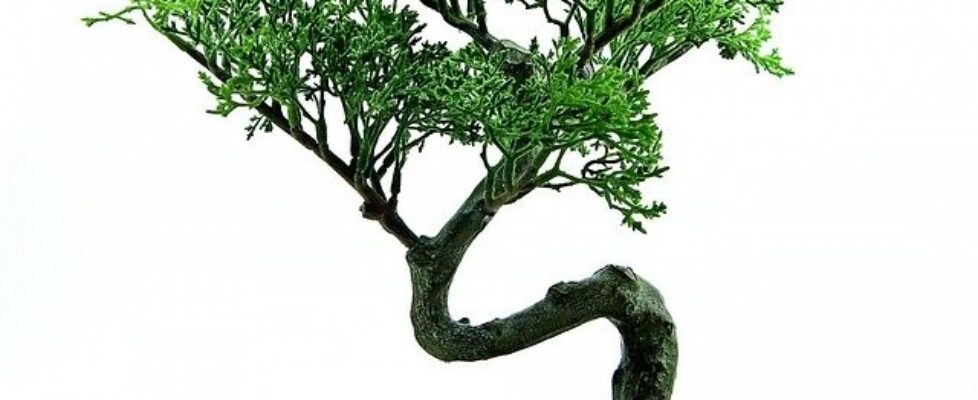Tips for Choosing the Proper Bonsai Planters
According to the principles of Japanese Bonsai Art, the pot should not dominate the tree. Rather, it should work as a complement and enhance its beauty and growth. Many artists prefer rectangular or oval bonsai planters with plain feet, straight sides, and rounded corners while other artists select pot according to the feminine or masculine characters of the tree.
Also, while choosing the Bonsai planters, you must consider the height, thickness, width, and length of the tree. The colors of leaves, fruits, and flowers are also an important aspect to consider.
Selecting the best-suited pot also needs an understanding of the species of the tree and what amount of moisture it requires to grow.
Let’s have a look at all the aspects in detail.
Tree Style
For formal uprights, informal uprights, and slant style trees, the rectangular or oval pots are used in general. Shallow round pots are used for Literati and some artists also prefer hexagonal pots for the same.
For cascade, choose deep round, square, hexagonal or octagonal shape. Modern art demands the symmetry between height and width of the pot for cascade while older cascade pots use to be taller.
For literati or Juniper, choose drum pots to highlight the bark and shape. Shallow oval pots are perfect for group planting.
Sex of the Bonsai Tree
What do you feel while looking at your Bonsai tree? Does it possess a robust aura or it is delicate and graceful? Observe your tree and find out whether it is feminine or masculine.
In general, pollen-bearing trees are masculine and fruit and flower-bearing are feminine but many trees possess both the characteristics.
Masculine Tree: They possess thicker trunk, rough bark, and angular shape of branches and trunk. You can use heavy angular pots with a lip on rim and large squared-off feet. Choose pots with squared off and chunky bands to highlight the vigorousness of the tree.
Feminine tree: They are exquisite in appearance, soft and delicate in movements of trunk and branches. They also display a soft bark and graceful taper. You can choose softer shapes like oval, round and thinner pots to flaunt the tree’s feminine look. The softly curved rim and small decorated feet will add more elegance to the tree.
Few trees have both features. For such plants, look at which feature is more dominant, then choose the suitable pots accordingly.
Size of the Tree
While analyzing the size- look for its depth, length, and width.
According to experts, the depth of the pot should be the same at the width of Nebari. In the case of oval or rectangular pots, choose the length as 1/3rd of the height of your Bonsai tree while the width of the pot should be 3/4th of the length of the pot.
Another way to choose the Bonsai pots according to the size is:
• Case 1 – Tree height is greater than the width
Choose pot length as 2/3rd to 3/4th of the height of the tree.
• Case 2 – The width of the tree is greater than the height
Choose the pot with 2/3rd 3/4th of the width of your Bonsai tree.
Color
Conifers usually have dark grey bark and look astonishing with brown pots while shimpaku juniper and scotch pine possess red bark and look beautiful with reddish-brown pot.
The appearance of fruit-bearing trees like azaleas or quince can be enhanced with light blue or green Bonsai planters while Maples look great in the cream blaze. To complement autumn leaf color, use yellow ochre or green pots.
You can use pots while highlighting the best feature of your tree. Understand your tree’s high points and choose complementary colors.
Moisture content
This can be regulated with the number of holes in the Pot. Different trees require a different amount of moisture for proper growth. You must know the need for your tree and then choose the pot.
You can choose pots with 1 hole or 2 or even 4 holes according to the moisture requirements of the tree.
Conclusion
There are endless types of bonsai planters available for your Bonsai tree. Now, it depends on your sense of Bonsai art that which one you choose to nourish the perfect Bonsai.
